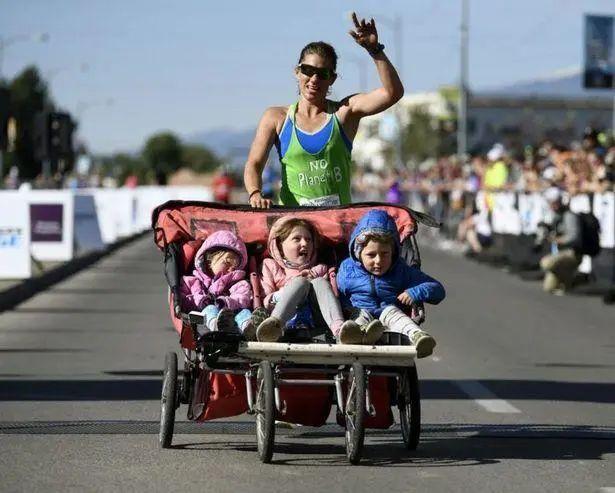The rising incidence of childhood tumors is concerning. Unlike adult tumors, childhood tumors are usually more malignant and develop more quickly. Can childhood tumors be cured? How can they be detected early?
Children face a wide variety of tumor types, which not only encompass all the types of tumors found in adults but also include some that do not occur in adults, such as embryonic tumors and hemangiomas. Although the overall incidence of childhood tumors is lower than that in adults, data shows that they are more common in children under five years old. The exact causes of tumors remain unclear, but environmental pollution and exposure to harmful substances during pregnancy are considered potential triggers.
Childhood tumors have distinct characteristics:
The causes of childhood tumors differ from those of adults and are often related to abnormalities during embryonic development rather than results from long-term environmental exposure.
Although treating pediatric solid tumors is challenging, if detected promptly and treated appropriately, the outcomes may be better than in adults. However, misconceptions among parents and a lack of experience in primary healthcare can become barriers to treatment.
Childhood tumors are often hidden and difficult to detect, typically being discovered by parents only in later stages, which increases the difficulty of treatment.
To achieve early detection of childhood tumors, parents should pay attention to the following signs:
If a child experiences slowed growth, weight loss, loss of appetite, lethargy, or behavioral abnormalities, it should be taken seriously.
During daily care, check the child’s body for unusual lumps, such as in the abdomen or limbs. Small lumps under the skin are easier to notice, especially common tumors like hepatoblastoma and Wilms tumor in the abdomen.
As for the prospects of curing pediatric solid tumors, using appropriate methods, it is entirely possible to return to a normal life. Most childhood tumors have embryonic characteristics, growing as the child grows; once growth stops, the tumor may also cease to develop. Clinical standards consider a patient clinically cured if there is no recurrence within two years, while no recurrence within five years is deemed a complete cure, meaning total recovery. Moreover, over time, the likelihood of tumor recurrence gradually decreases, particularly for tumors that slow down in growth as children age.
Although childhood tumors are complex and highly challenging, with increased vigilance, early detection, and appropriate treatment, many child patients have hope for complete recovery.


